Leaf Collecting & Safety
Collecting and preserving leaves is a great way to learn tree identification. It is also a method that can be used to document the different varieties of trees on your property or to inventory trees at a park or school campus as a class project. Below are some examples of how to make your own leaf collection book, either by the traditional method or digitally.

Collecting Leaves Traditionally
- To make a traditional leaf collection, it is best to collect in late summer or fall. Follow these simple steps for the traditional method of collecting leaves:
- Ask permission to remove leaves from other people’s trees.
- Be aware of thorns on trees such as honey locust. Also, poison ivy (which causes allergic reactions in some people and should, therefore, be avoided) may be growing on the ground or it may be growing on the tree that you are examining. Sometimes it may even appear to be the leaves on the tree. Familiarize yourself with poison ivy prior to collecting leaves. As a reminder, leaves of three, let it be.
- Before collecting leaves, observe the entire tree, branches, fruit, leaves, buds, and bark. It is best to collect a twig with a bud and all leaves on the stem as well as any flowers or fruits (may have to return several times throughout the year to get all of this).
- While collecting leaves, store the selected leaves either between magazine pages, your field guide, or a phone book. Place a number by the leaf and on a separate piece of paper write down the corresponding number and as much information about the tree and pertinent information on the location as possible.
- Keep records of corresponding numbers to the tree locations as well as other information that may help aid in identification (examples-wet area, dry hill, description of soil, exposure, etc.).
- Make sure you have the entire leaf, not just the leaflet; i.e., pecan, hickory, or ash have multiple leaflets comprising one leaf. Choose the best leaves that represent the tree.
- Preserve the leaves using the instructions listed below.
Preserving Leaves
The best way to preserve your leaves is by using a leaf press,
either made or purchased.
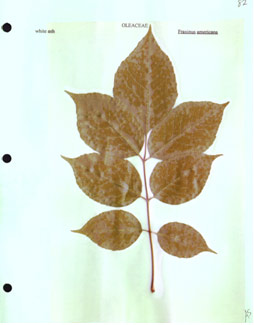
- Instructions for preserving and mounting leaves are as follows:
- Depending on the size of the leaf, it will take about a week for the leaf to dry. The longer the leaf is allowed to dry, the better the final product.
- If a leaf press is not available, layer individual leaves between stacks of newspapers or in a phone book. Top with something flat such as a board to help keep the leaves from shifting and then stack books or other heavy objects on top.
- Once the leaves are dry they can be placed onto biology paper, sealed with clear contact paper, and stored in an album or three ring binder. Design each page of the album the same: place the leaf in the center, and include an identification tag.
- The identification tag should include the common name, scientific name, collection date, location, description, and name of the collector.
- The scientific name and tree description may be copied and pasted from the List of Trees section or other sources/links common to your area.
Collecting Leaves Digitally
If traditional leaf collecting and preserving does not meet your needs, then making a digital collection for a book of yard trees, school trees, or community trees, might be the solution. Follow these simple steps for collecting leaves digitally:
- Take pictures of the entire tree, branches, fruit, leaves, buds, and bark. Zoom in for a picture of a leaf. Make sure you have the entire leaf, not just the leaflet; i.e., pecan, hickory, or ash have multiple leaflets comprising one leaf. This will aid in proper tree identification.
- Keep records of corresponding photo numbers to the tree locations as well as other information that may help aid in identification (examples-wet area, dry hill, description of soil, exposure, etc.)
- Upload pictures to the computer and use either publishing software or an on-line photo album to design your book.
- Use the How to ID section to help identify the tree (or other sources/links common to your area). Design each page of the booklet the same: a place for a large picture of the leaf, smaller pictures of the rest of the tree and an identification tag.
- At a minimum, the identification tag should include the common name, scientific name, collection date, location, description, and name of the photographer.
- The scientific name and tree description may be copied and pasted from the List of Trees section.
- Print out a copy of your book. For a more professional product, use a print shop, or order from an on-line photo shop.
Safety
When collecting leaves you should be aware of poisonous plants, insects and other potentially dangerous critters. If you are aware of nature’s inhabitants, you should be fine. Whether in a forest or a city park, we share this land with many creatures and we should always respect their homes. Hands-on learning is the best way to experience and understand our place in it. Being knowledgeable about nature's inhabitants will go a long way in keeping fear from inhibiting enjoyment of the natural world.
Poison Ivy
Contact of skin to any part of this plant can cause an itchy rash. Some people experience more extreme reactions. Poison ivy is a three leafed plant and can be found growing as a vine or on the ground. Just remember, leaves of three let it be and you should be fine.
Educator
Extensions
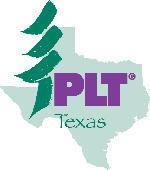
Project Learning Tree (PLT) is an award-winning environmental education program designed for teachers and educators of students in pre-kindergarten through grade 12.
The PLT Activity Guides are available from participating in a one day workshop.
Find more information about Texas PLT and workshops near you at http://plttexas.org/.
If you can’t find a workshop in your area, contact us to schedule one at your facility.
The following activities relate to Leaf Collecting from the PLT PreK-8 Activity Guide:
Grades PreK - 2
- The Shape of Things (#1)
- Adopt a Tree (#21)
- Looking at Leaves (#64)
- Bursting Buds (#65)
Grades 3 - 6
- Adopt a Tree (#21)
- Looking at Leaves (#64)
- Bursting Buds (#65)
- Name That Tree (#68)
Grades 6 – 8
- Looking at Leaves (#64)
- Name That Tree (#68)
For more information about Texas PLT, TEKS correlations and how you
can get these resources:
Visit - www.plttexas.org or www.plt.org
Texas Project Learning Tree is
sponsored by:
Texas Forestry Association
Texas A&M Forest Service
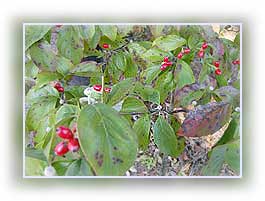 Dogwood
Leaves
Dogwood
Leaves

Loblolly Pine Needles
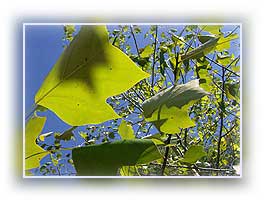
Yellow Poplar Leaves
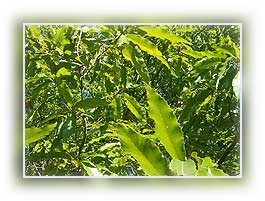
Sawtooth Oak Leaves
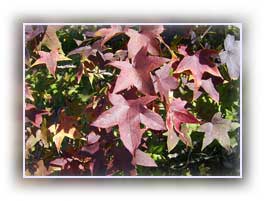
Sweetgum Leaves
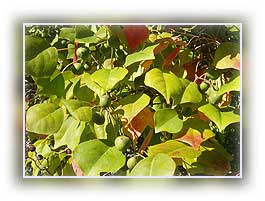
Tallow Leaves
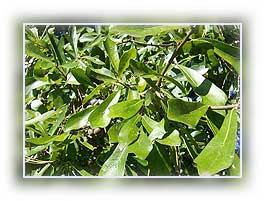
Water Oak Leaves
 Grapevine Leaves
Grapevine Leaves
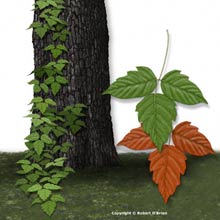 Poison Ivy
Poison Ivy

